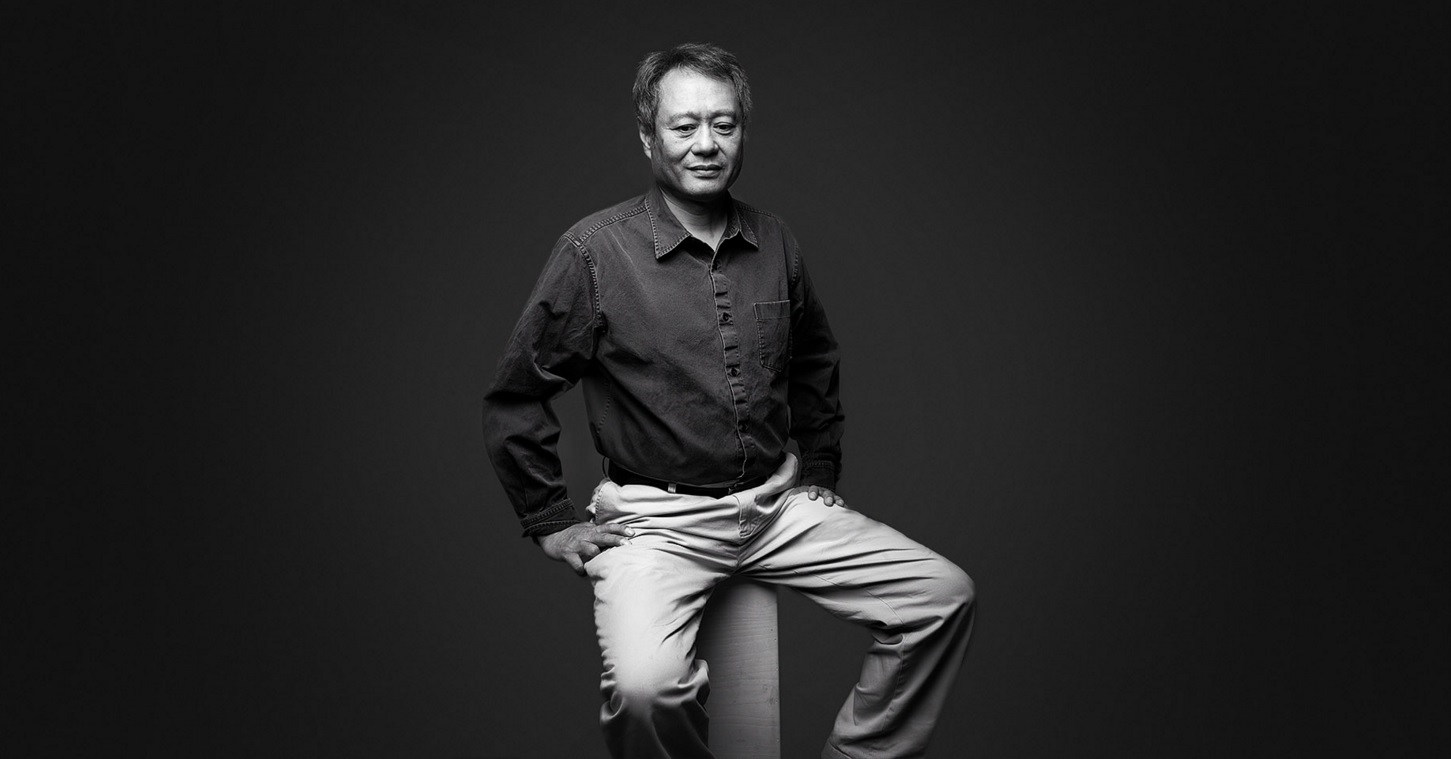
Mr. Lee, what does new filmmaking technology really add to our viewing experience?
I hate to call it technology — a movie is technology already. I think multidimensional filmmaking is a format. It’s a cinematic language. There’s more resolution, more brightness, there’s a clarity to it, a sensation, a dimension. It’s a truthful image. The biggest difference I would say is the way you engage with the movie. In 2D, you watch somebody else’s business as a voyeur as the French call it, but with these formats, it’s more personal, it can be first person perspective. You’re in the movie. You need a kind of excuse to compare the clarity along with the flatter, older movies we know…
But even if this format had always existed, we probably wouldn’t have wanted to see Gone with the Wind in 3D.
Actually, I think once you’re used to it, once you know what to do with it, I think you should be able to do anything: comedies, musicals, you can do anything. This is a transitional moment. It used to be that widescreen cinema scope was only used for spectacles not for dramas. That’s not true anymore. And certain color techniques were for color films, while dramas were in black and white — not anymore. It’s a matter of getting used to it and finding the artistry in that media, and I think this will be the same thing.
“I actually thought a different dimension might help me to philosophically crack the book.”
Are we missing something, an extra layer of aesthetics, if we don’t see a film in its 3D iteration?
I think multidimensional films have three axes, X, Y and Z. So you’ll miss the Z-axis! (Laughs) The staging of the movie, where things are placed and of course, with two eyes, you might just watch the movie differently. I think you do see the same intensity in lower formats, but you miss not only the clarity but the dimensions of the frames, and of course the 3D part of it. 3D not only as 3D but as a dimensional language, which you see in a clear and bright way.
When did your interest in multidimensional filmmaking start?
It started from Life of Pi. I didn’t know how to crack the book and I thought if I have a different dimension… That’s a silly thought to begin with but I actually thought a different dimension might help me to philosophically crack the book. So I used first person and third person storytelling because that’s what the book does. That exact value of the story is in the story — but that’s very hard to do in the movie because the required attention is mandatory and it’s very real. It’s not nice to tell the people what they’re seeing is fake while you’re showing the movie, right?
That’s their emotional connection to it.
Exactly, so I thought with a different dimension, with a Z-axis, if I can place them differently, maybe I could get away with it. So that’s how I began. I had never done anything like that, but I quickly realized that’s what digital cinema should be doing. It should have dimension, it shouldn’t be doing what film is doing. It should have its own thing. So that’s where I started this journey. And I think we haven’t even scratched the surface. That’s why I keep wanting to do it, because I’m curious… I don’t have a lot of curiosity to do 2D movies anymore. I think we’ve known most of what we know since the seventies. Nowadays, it’s a matter of doing it well.
There are still some adjustments to be made to 3D films before we completely accept them as the go-to medium though.
Of course. My own personal experience… The right way to watch a 3D film is more clarity, higher frame rate. You just have to do that. Once you get there, there is something very clear to me which is doing drama, studying face, you get a lot more than action spectacles because, well, nothing is more rich in expression than the human face. Of course, they have to be good enough, the performance has to be natural, it has to be complex, has to be good enough for you to study. Nothing is more interesting to study than our own faces. That’s our most important job in life is to study each other’s faces. That’s a tough sell, though. Associations are already established: people associate 3D with gimmicks, with spectacle or action. I don’t think from 2D to 3D you get that much — you do, but I don’t think you get that much in 3D doing action… You get so much more in the close-up face and that was, I think, the biggest advantage to Billy Lynn’s Long Halftime Walk.
So you think the quality of these films depends as much on how we watch them as on how they’re made?
Well, Wim Wenders and I were talking to a group of film students in Berlin right after Pi. And he’s the only filmmaker I talked to who said that the performance in 3D has to be adjusted. I’ve never heard anybody else say that, people watching dimensional movies still thinking about flat movies, the artifice of the flat movie with scopes… That’s interesting. Do they react to these hyperreal or 3D movies that take them out of their comfort zones? I don’t know. Sometimes movies get hot and cold. Nobody knows, the studios, the execs, no one can see what’s coming. When Life of Pi was released, everybody including myself, expected to lose a lot of money.
”I believe in the space of the theatrical experience where you have a high priest — the director. You preach to your audience and sell them a movie, tell them a story.”
Really?
Yes, even in America, it didn’t do much, it was lukewarm… 85% of the revenue came from outside of North America. It just hit an audience here and there. So even while the subject matter might be important for us to see; you don’t know. I think there is potential for a new, really legitimate art form on the horizon. I think people should go grab it.
What about new art forms like virtual reality? Could you envision embracing that at some point?
Not yet! I believe in the space of the theatrical experience where you have a high priest — the director, filmmaker, storyteller — you preach to your audience and sell them ideas, sell them a movie, tell them a story. And I think within that story, especially with the new formats, you get to wander around a lot more than in the past but I want to give them a direction, a storyline. With virtual reality, you just wander around on your own! And so far, we don’t really know how to tell stories in that way yet. Or at least I don’t know yet. It’s something that we all know is there to grasp but how we use that? We’re not quite sure yet. For me, I want to know more about controlling the quality of the picture, this is something I’m working on improving for Thrilla in Manila. I think digitally, technically and artistically we need help, and in the meantime, we’ll keep working on the audience and the distribution. The hope I have is that some other filmmakers want to join me.


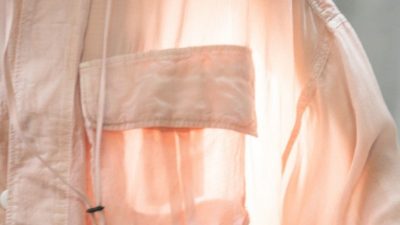

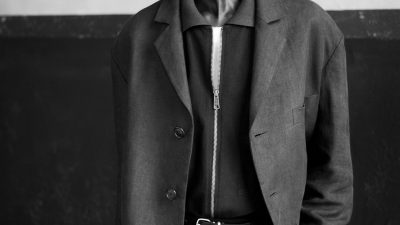

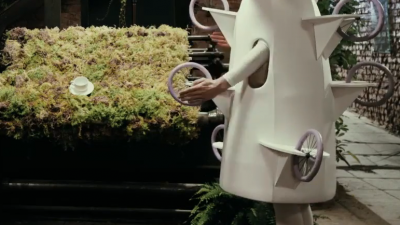

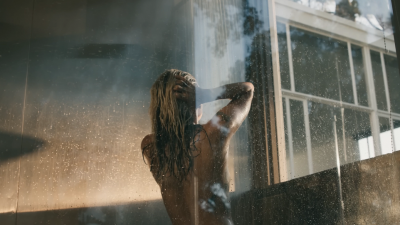

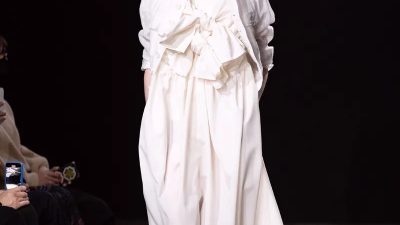

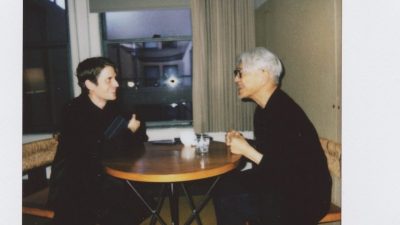


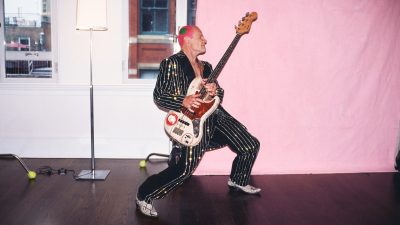
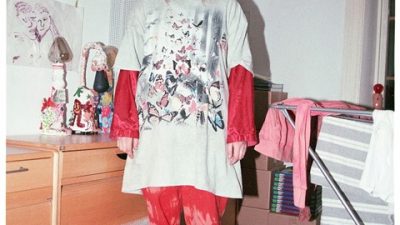




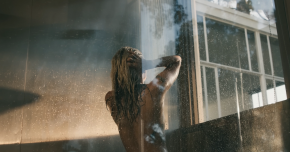
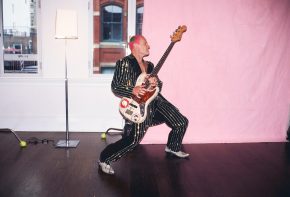
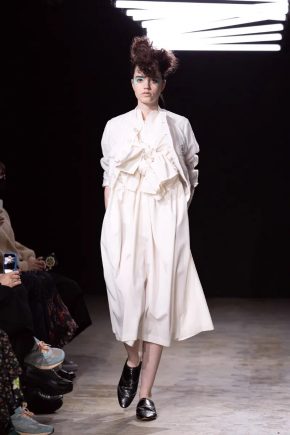

Comments